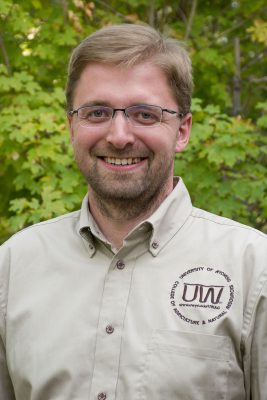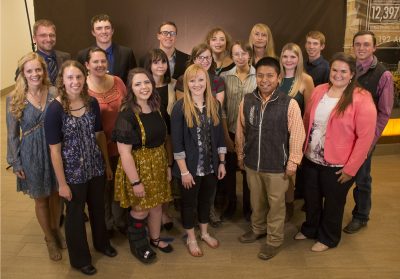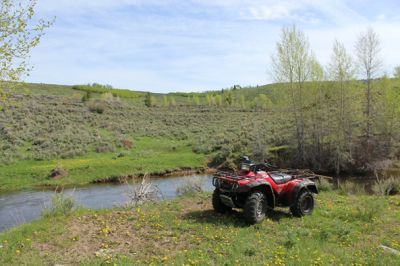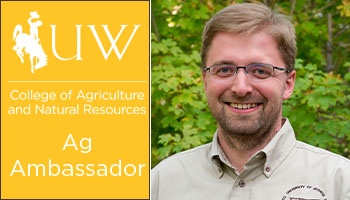
One of the central issues facing graduate students on their arrival is wrapping their head around their funding. It can often be overwhelming at the start of a project to figure out how and where funding is coming from considering the ever-increasing costs of scientific equipment. However, getting ahead of the game and thinking about it when applying for graduate school significantly reduces the risk of financial surprises. When visiting with prospective groups/laboratories, there are a couple of key questions to think about regarding funding:
- How would my specific project be funded? And are there any funds already available for it?
- How good is my future adviser at securing funds and passing on grant writing skills to their students?
- What costs does my future adviser normally cover in the project that would otherwise fall to me? (computer? Per diem? Conferences? etc…)
- What equipment is already available that would not need to be purchased?
It is also advisable to understand to what extent you are responsible for managing your own project budget. Some advisers will manage the budget for you, but if you can, it is an ideal time to hone your project management skills. Broadly speaking, there are three main cases regarding funding, and depending on your specific case, the need for additional funding varies:
- Fully funded projects: where the project is funded before the student arrives at the College of Agriculture and Natural Resources. This generally includes a stipend and sufficient funding to complete the project.
- Partially funded projects: where the project is funded but the student’s stipend is not included in the funding or where additional funding is required to satisfactorily complete the project.
- Unfunded projects: where the adviser and student must secure funding together to ensure the project can go ahead.
Most advisers will be more than happy to discuss funding and will be clear about what you can and cannot expect.
Funding at the College of Ag
The College of Agriculture and Natural Resources has one of the largest scholarship programs on campus thanks to a rich history of alumni donors and the inherently strong ties between the college and the agricultural communities that comprise most of Wyoming’s landscapes. For the 2019-2020 academic year, the 1,109 students of the college (graduate and undergraduate combined) competed for awards totalling $725,000 through various scholarships with an additional $135,000 going to graduate-student only scholarships. These brand of excellence scholarships are generally applied for in the spring of the year preceding their disbursement. This does mean that you must apply for them the spring before arrival. By working with your future adviser, you can ensure you meet deadlines and criteria. Most of the scholarships are specific to certain areas of study, so it is worth checking out the listings on the website to see which might be applicable to specific research projects (https://www.uwyo.edu/agprograms/scholarships/).
In addition to the scholarships, as a land-grant university UW is required to have an extension program that further anchors the College of Agriculture and Natural Resources within local communities. These ties enable projects to go ahead on private land with partial funding often coming from landowners themselves as they directly benefit from the research on their properties. In addition, land-grant status facilitates much of the cooperation with federal and state agencies granting access to public land for research, often accompanied by funding.
Funding can be quite difficult to work your way through. By keeping it in mind when finding an adviser/project, it is possible to make the process smoother.
Stipends
Whatever your funding source, the student stipend is generally the same across the board: $1,907/month before tax for doctoral students and $1,370/month before tax for master’s students. However, some projects may only cover the stipend during the academic year and not over the summer. Make sure you know what case you are in before accepting the project. Master’s and Ph.D. stipends are sufficient to cover living costs in Laramie, but this is not the case in all cities. Beyond general living costs, stipends are not generally sufficient to cover unexpected large ticket items such as major car repairs or computer purchases, so it is worth bearing in mind that if you can come into a masters with some savings from previous employment, some of the financial burden of being a student may be avoided.
By working with your adviser, you will be able to get your financial ducks in a row. You can then settle into your project and thoroughly enjoy all the university and Laramie have to offer.
A Unique Opportunity

The Y-cross scholarships were set up following the donation of a 50,000-ac ranch to the University of Wyoming and Colorado State University in 1997. Following 17 years as a teaching ranch, the ranch was sold to fund scholarships at the two universities supporting student research in line with the gift’s goal of research into western agriculture and landscapes. It is a major source of funding for graduate students with awardees having their tuition, fees, and health insurance paid for by the college. In 2019-2020, 30 undergraduates and 15 graduates were funded.
Example Funding
Annual funding for my research into irrigation management and return flows:
- $50,000 private donation
- $12,000 landowner support
- $10,000 College of Agriculture scholarships
As my research was aligned with the goals of a private foundation, we were able to secure $50,000/year for the project. By supplementing this with landowner support and scholarships from the college, it has been possible to cover the entire costs of the project and maximize field efficiency with the hiring of a field technician over the summer.





